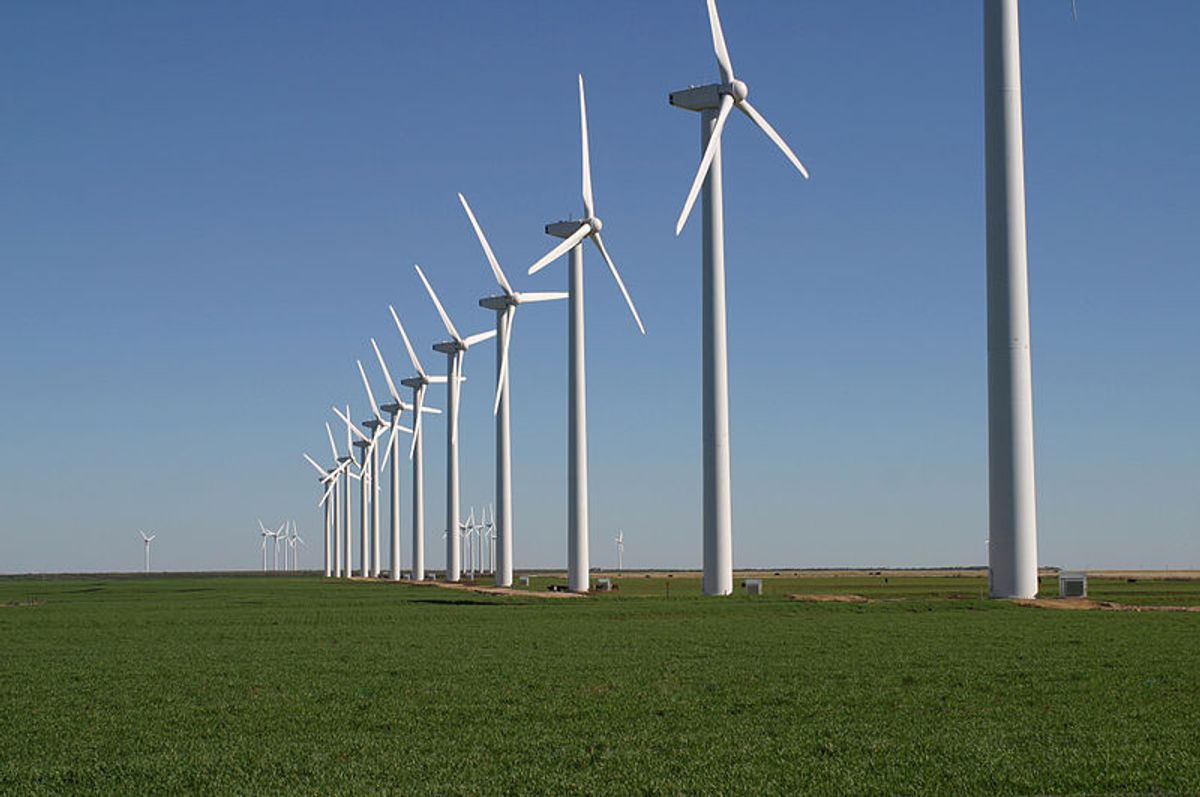America’s first offshore wind farm just helped to shut down a small diesel-fired electric power plant on Block Island, R.I.
Block Island officials on Monday switched on a connection between the island and a cable linking the wind farm to Rhode Island’s mainland power grid. The connection allowed the island’s only electricity source — a small diesel-fueled power plant — to shut down. The island’s 2,000 residents burned about 1 million gallons of diesel fuel annually.
“The emissions that go along with nearly a million gallons of diesel a year — that’s all going to go away,” said Jeff Wright, chief executive of the Block Island Power Co.
Diesel releases more carbon dioxide into the atmosphere than any other common petroleum-based fuel except for residential fuel oil, according to the U.S. Environmental Protection Agency. Less than 1 percent of electricity in the U.S. is generated using liquid petroleum, including diesel.
Until now, Block Island’s power grid was completely isolated from the mainland. The construction of the wind farm and its connection to the mainland allowed the island to connect to the New England power grid for the first time.
Mike Jacobs, an energy analyst for the Union of Concerned Scientists, said the Block Island connection is an example of how renewables are helping to displace fossil fuels on the power grid.
Though offshore wind farms are common in Europe, the Block Island Wind Farm is the first ever built in the U.S. — a demonstration meant to help prove the viability of offshore wind in the U.S.
The farm marked a historic moment last December when its five wind turbines generated electricity commercially for the first time. The occasion marked the birth of an industry that the Obama administration hoped would flourish off the Atlantic coast, helping to wean the U.S. away from electricity generated using fossil fuels.
The offshore wind power potential in the U.S. is huge. If fully developed, offshore turbines could supply four times today’s total U.S. electricity generating capacity — enough to power roughly 800 million homes.
“Having an operating project demonstrates to the rest of the industry, including the supply chain, that a project can be built, and the same to state governments whose political and financial support for these early projects will be critical,” said Jeremy Firestone, director of the Center for Carbon-Free Power Integration at the University of Delaware.
In recent months, developers have won leases from the federal government to build other offshore wind farms along the Atlantic Coast. Projects likely to be completed in the next several years include wind farms off the coasts of Long Island, Maryland and Delaware, Firestone said.
The shutdown of the Block Island diesel plant came three days after President Trump signed an executive order taking steps to lift restrictions on offshore oil and gas development. One of the administration’s main goals is to expand fossil fuel development as much as possible across the U.S. and offshore. At the same time, it has shown no sign that it will stand in the way of expanding offshore wind development, Jacobs said.
“Broadly, there’s been positive support from the Trump administration for offshore wind,” Jacobs said.



Shares